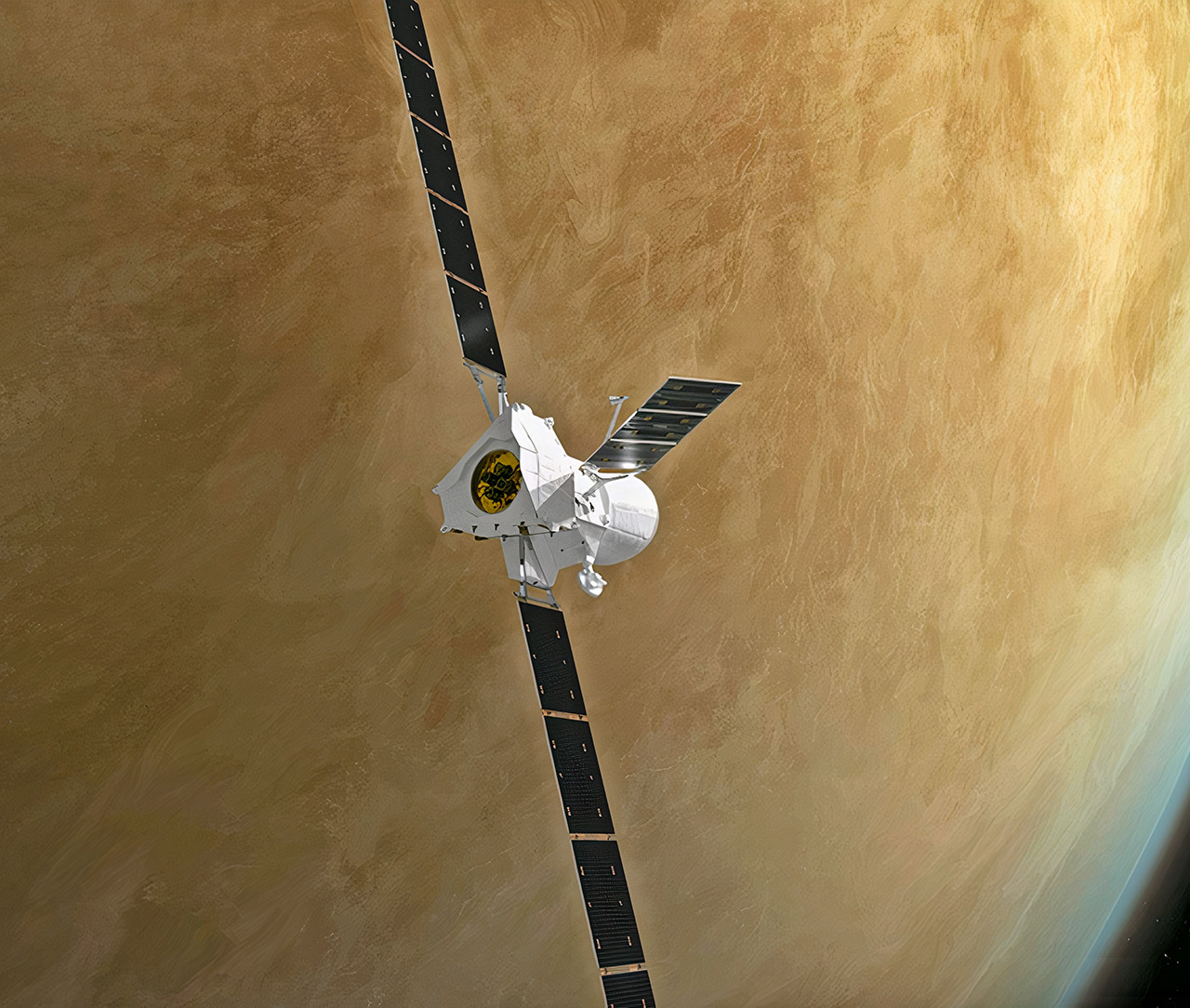
ESA/NASA’s Solar Orbiter flew by Venus on August 9 at a distance of 7995 km, while the ESA/JAXA’s BepiColombo spacecraft skimmed by just 552 km from the planet’s surface on August 10. Both flybys were necessary to give the spacecraft a gravity assist to help them reach their next destinations. BepiColombo will attempt the first of six flybys at Mercury during the night of October 1-2, before entering orbit in 2025.
How did they record the sound? The Italian Spring Accelerometer (ISA) located on the BepiColombo MPO recorded the accelerations measured by the spacecraft. Next, the ISA team converted the acceleration data into frequency to make them audible to the human ear. What you hear are the effects due to the planet’s gravity acting on the spacecraft structure, the response of the spacecraft to the rapid temperature changes, and the reaction wheels that are working hard to compensate for these effects.
- POWERFUL TELESCOPE FOR ASTRONOMY BEGINNERS: The AstroMaster 130EQ delivers sharp optics, a stable equatorial mount, and smooth manual controls, making...
- HIGH-QUALITY 130MM OPTICS: Enjoy views through the 130mm (5”) Newtonian reflector, which features high-quality aluminum and SiO₂ coatings and...
- SMOOTH, ACCURATE POINTING: Effortlessly aim and center your target using the two slow-motion control knobs for right ascension and declination whether...
The Venus flybys required extremely precise deep-space navigation work, ensuring that the spacecraft were on the correct approach trajectories accurate to within just a few kilometres at a distance of 187.7 million km from Earth,” said the ESA.



